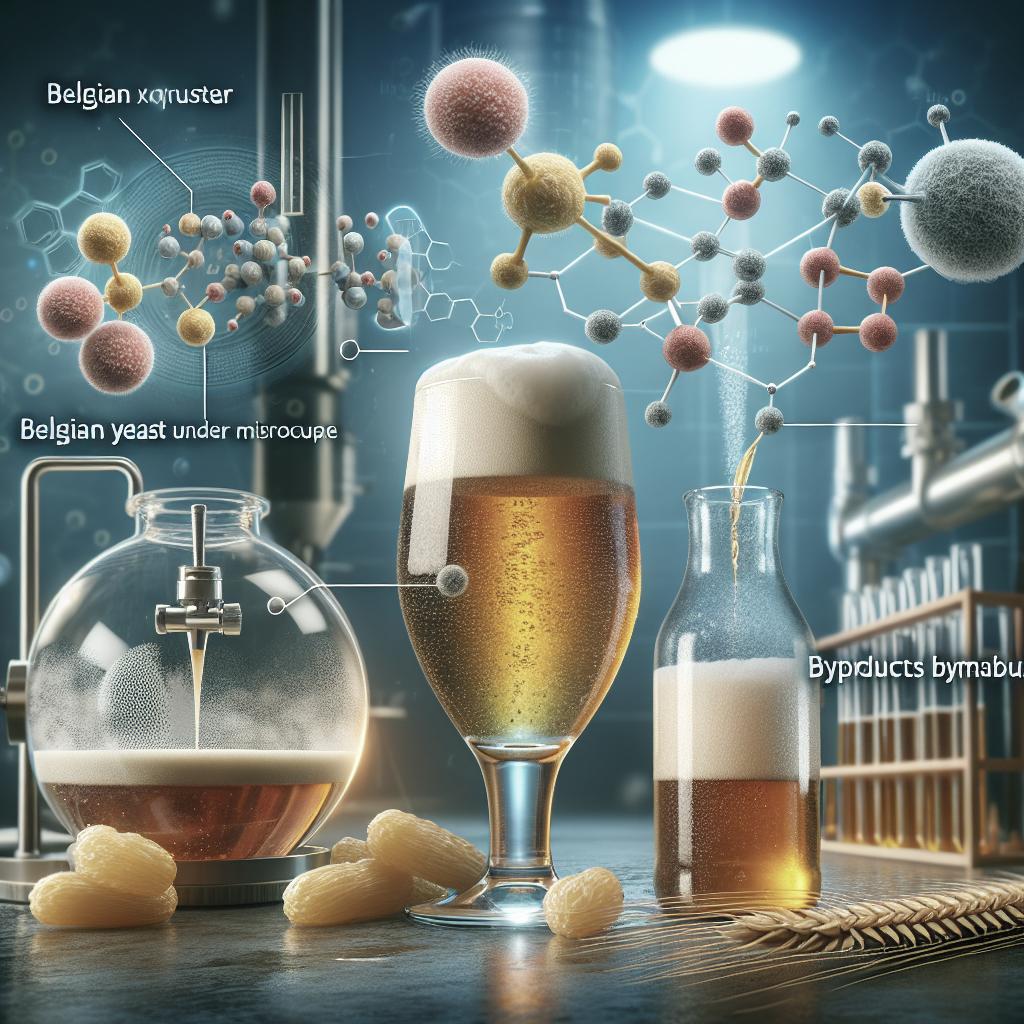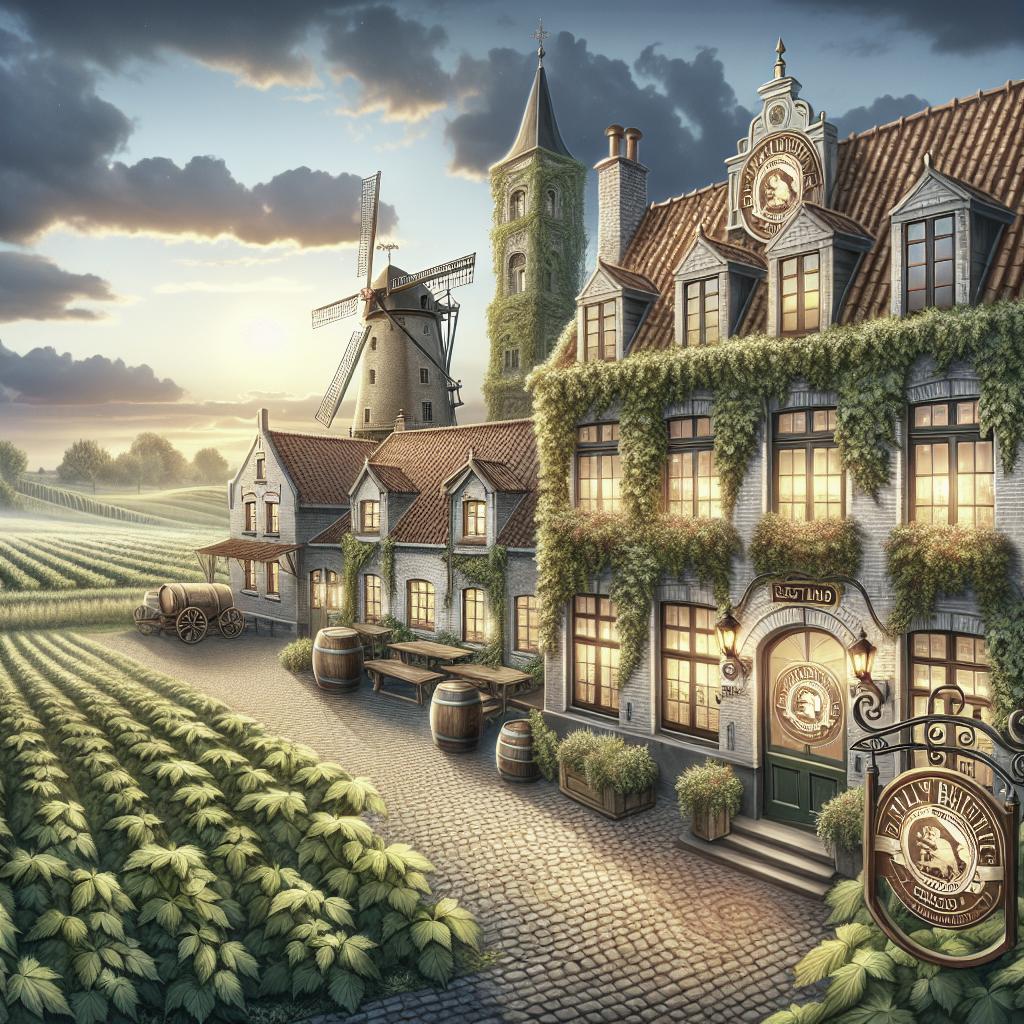“`html
How Does Belgian Yeast Affect Beer Flavor?
Belgian yeast is revered in the craft beer world for its ability to impart complex and distinctive flavors, making it an essential component for many brewers aiming to create unique beers. This blog post delves into the fascinating role that Belgian yeast plays in the brewing industry. We will explore recent advances in yeast flavor and biotransformation research, key flavors contributed by yeast during fermentation, and additional resources for those keen to deepen their understanding. With a comprehensive perspective on Belgian yeast, readers will gain insights into how these yeast strains contribute to beer’s aroma and taste profiles, providing depth and character that are unmatched by other yeasts. If you are an enthusiast eager to uncover how your favorite Belgian-style beers achieve their signature taste, this article is your gateway to learning more about the science and art behind yeast’s magical transformation.
Leave a comment
Yeast Flavour & Biotransformation Research
The study of yeast flavor and biotransformation has gained traction as brewers and scientists seek to decode how yeast interacts with other beer ingredients to create complex flavors. Belgian yeast strains, in particular, are known for their ability to produce fruity and spicy notes through the process of fermentation and biotransformation. Research has shown that these flavors arise from yeast’s metabolic processes and the way it transforms precursor compounds present in the wort.
Recent studies have focused on the genetic and biochemical pathways through which Belgian yeast strains produce esters, phenols, and alcohols. The interplay between yeast strains and hop-derived compounds during fermentation results in biotransformation, wherein the yeast transforms hop-derived compounds into new aromatic compounds. This research is paving the way for brewers to experiment with different yeast strains and hop varieties to achieve unique flavor profiles, enhancing the brewing industry’s innovation.
Key Yeast Flavours & Fermentation Flavours
The hallmark flavors of Belgian yeast are fruity esters and spicy phenolics, which contribute immensely to the distinct taste of Belgian-style beers. Esters, such as isoamyl acetate and ethyl caproate, impart banana and pear-like flavors, while phenols bring about clove and bubblegum notes. Each yeast strain offers a unique blend of these flavors, influenced by the fermentation temperature, time, and the yeast’s environment.
Fermentation conditions play a crucial role in maximizing or minimizing these flavors. For example, higher fermentation temperatures can enhance ester production but may also lead to harsher alcohol flavors if not carefully controlled. Brewers often experiment with these variables to craft beers that highlight the yeast’s potential, creating beverages that are balanced yet distinctly flavorful, with a nod to traditional Belgian practices.
WANT TO LEARN MORE?
For those captivated by the science of Belgian yeast and eager to explore further, numerous resources are available for diving deeper. Books on brewing science, online courses, and brewing seminars offer opportunities to expand knowledge on yeast cultivation, fermentation techniques, and flavor development in beer.
Additionally, homebrewing communities are invaluable for practical learning and experimentation. Joining these groups offers the chance to exchange ideas and experiences with fellow beer enthusiasts and master brewers, fueling both passion and expertise in the field.
More Reading
If you’re looking for more detailed insights, consider reading “Yeast: The Practical Guide to Beer Fermentation” by Chris White and Jamil Zainasheff, which provides an in-depth exploration of the role of yeast in brewing. Online resources like brewing blogs and forums also offer a wealth of information on specific yeast strains and their impact on beer flavor.
For the academic-minded, scholarly articles on the biotransformation processes in Belgian yeast can provide a technical understanding of the underlying biochemistry, while industry magazines often feature cutting-edge research and trends in yeast application. Whether you prefer books or digital media, the abundance of resources ensures that your curiosity about Belgian yeast can lead to enlightening discoveries.
Future Prospects
| Topic | Summary |
|---|---|
| Yeast Flavour & Biotransformation Research | Explores the role of Belgian yeast in creating complex flavors through metabolic processes and interaction with hop compounds. |
| Key Yeast Flavours & Fermentation Flavours | Highlights the production of esters and phenolics, emphasizing the influence of fermentation conditions on flavor profiles. |
| WANT TO LEARN MORE? | Provides resources for expanding knowledge on yeast cultivation and beer flavor development. |
| More Reading | Recommends books and articles for those seeking deeper insights and technical knowledge of yeast in brewing. |
“`


